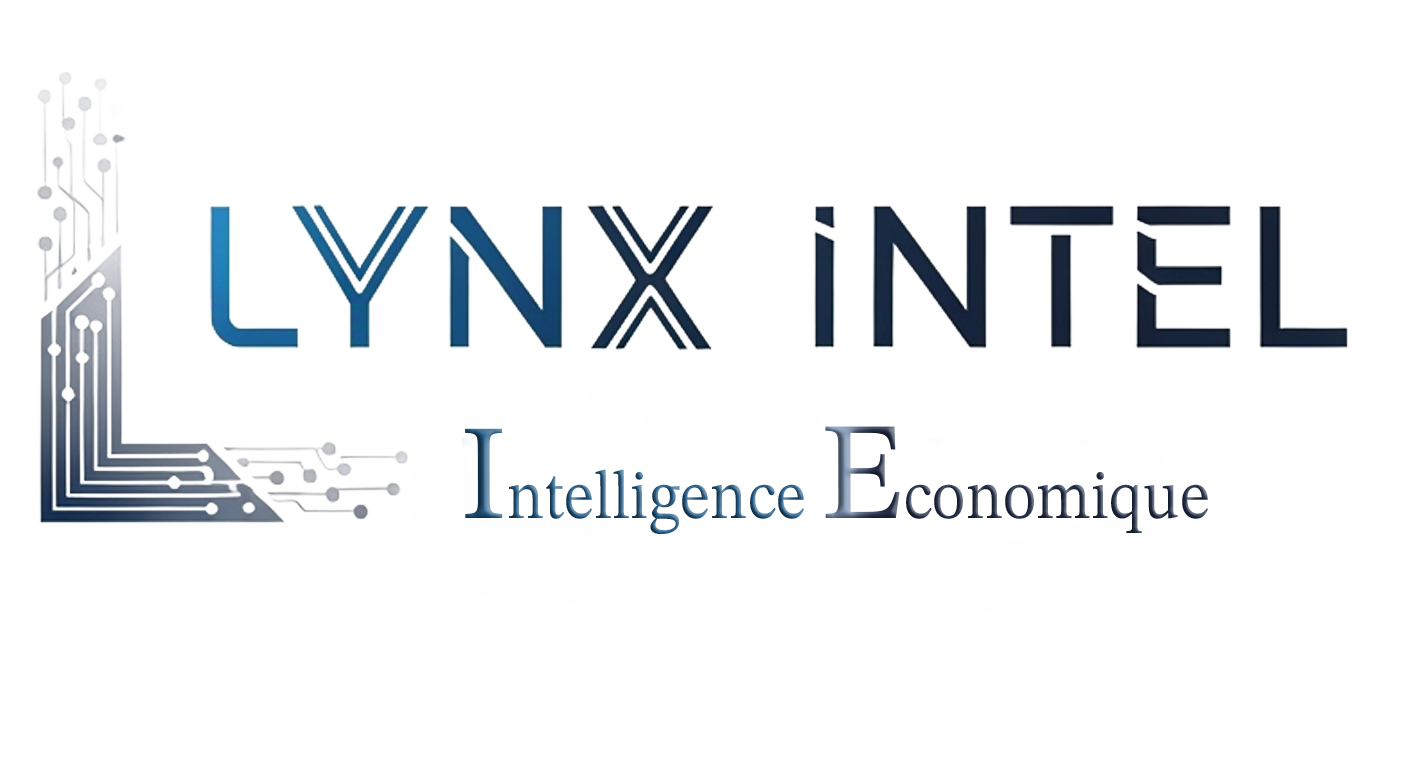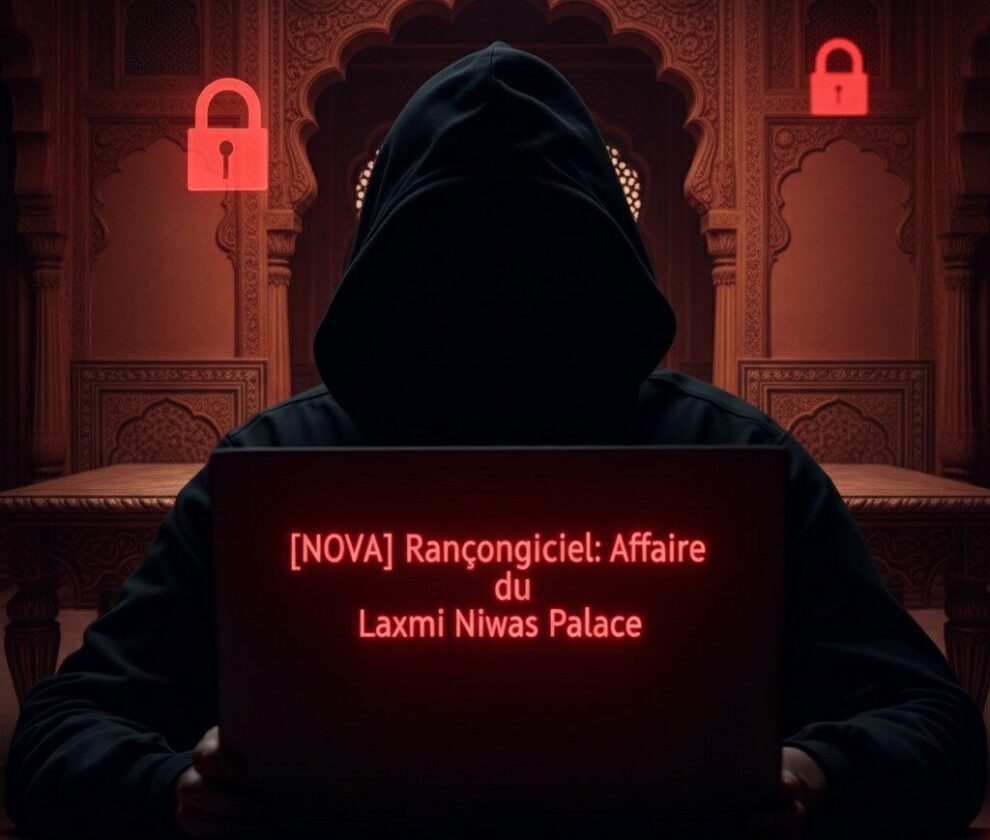Introduction
Cybersecurity has become an essential priority for businesses in a world where digital threats are more prevalent than ever. Recently, the ransomware group RHYSIDA targeted LMHT Associates, a U.S.-based company, drawing attention to critical questions surrounding data protection and corporate defenses against cybercrime. In this article, we’ll delve into what happened, who RHYSIDA is, and how companies can protect themselves from such threats.
Who is RHYSIDA?
RHYSIDA is a notorious ransomware group known for taking aim at organizations across various sectors, from SMEs to larger corporations. Their modus operandi often involves data exfiltration prior to encrypting systems, followed by a ransom demand for decryption and confidentiality. According to the National Cyber Security Centre (NCSC), ransomware groups like RHYSIDA operate in the dark recesses of the web, making it exceedingly challenging for law enforcement to trace or prosecute them effectively.
What Do We Know About LMHT Associates?
LMHT Associates, headquartered in the United States, recently became the latest victim of RHYSIDA’s ransomware tactics, as disclosed on RHYSIDA’s dark web blog. While specific details of this attack remain sparse, such incidents typically disrupt operational workflows, inflict financial loss, and put customer trust at risk. The incident underscores the importance of understanding how ransomware impacts organizations and why robust cybersecurity measures are indispensable today.
Modern Ransomware Tactics
Groups like RHYSIDA employ increasingly sophisticated strategies to maximize their advantage. One such method is known as “double extortion,” involving:
- The theft of sensitive data
- The encryption of internal systems
By leveraging this two-pronged approach, they significantly ratchet up the pressure on victims, compelling them to pay the ransom out of fear of operational downtime and reputational damage.
The Consequences of a Successful Attack
The range of damages caused by ransomware attacks can be devastating, including:
- Hefty financial costs to restore systems and investigate breaches
- Severe reputational harm, often affecting long-term business stability
- Loss of customer trust and possible erosion of client relationships
Moreover, with regulations like GDPR and similar data protection laws across various jurisdictions, breaches can lead to substantial legal penalties, compounding the cost to businesses already struggling with the operational fallout.
How to Prevent Such Attacks
Prevention is the cornerstone of any cybersecurity strategy. Companies can proactively reduce risks through the following measures:
- Implementing advanced cybersecurity solutions
- Conducting regular security audits
- Providing thorough cybersecurity training for employees
A key resource for maintaining compliance and enhancing security is organizations like CNIL, which offer valuable guidelines tailored to specific industries.
Strategic Steps to Take During a Cyberattack
In the unfortunate event of a ransomware attack, quick action is imperative. Companies should follow these steps to mitigate damage:
- Immediately isolate affected systems to prevent further spread.
- Engage cybersecurity experts to assess and manage the situation.
- Notify legal authorities and regulatory bodies without delay.
Proactive incident management not only minimizes harm but expedites recovery while safeguarding the organization’s credibility.
Conclusion
The RHYSIDA attack on LMHT Associates serves as a stark reminder that no organization is immune from cyber threats. To stay ahead of these evolving dangers, businesses need to make cybersecurity a top priority. At Lynx Intel, we deliver comprehensive services designed to secure your data and prepare your organization for the evolving cyber landscape. Don’t wait until it’s too late—invest in your company’s digital security today and protect what matters most.


